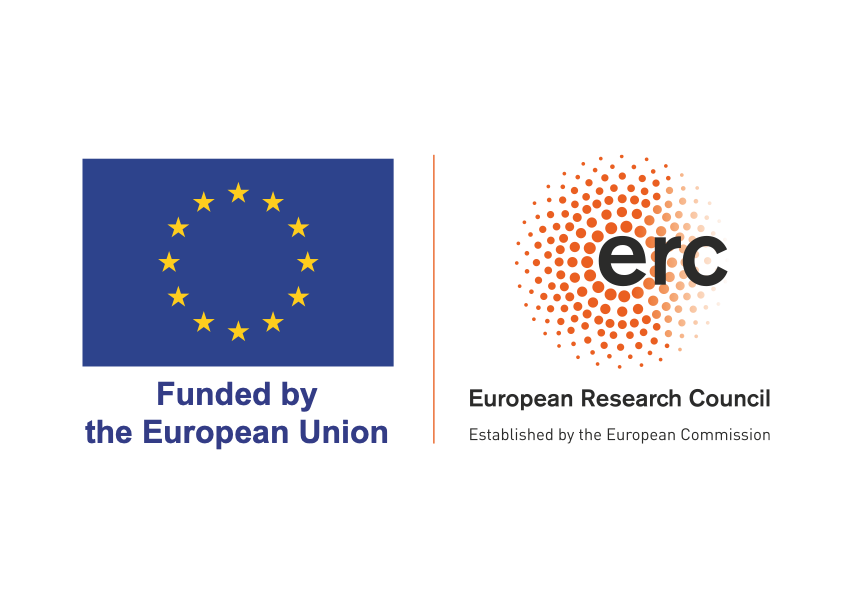Project
Debts
Debt is essential for all economic actors: companies, consumers, and states. It might even be seen as the most basic economic medium.Although debt relations have existed for millennia, past centuries changed the narrative of debt. Originally, debt was a complex cultural symbol of delayed reciprocity which integrated a broad spectrum of social relations. With the rise of capitalism debt was commodified as a purely financial credit transaction, mostly suppressing other cultural traditions and alternative anthropological conceptions of debt.
Debts allow investing in growth by promising ‘future transfer’. Nowadays, financing whether in the public, corporate or private sector often involves incurring debt. Debt can principally be generated without limits. Yet, financial crises throughout history have shown that debt being out of scale produces economic instability. This conception of debt as a purely financial medium is not only economically unsustainable, but also a crucial driver of ecological, political, and cultural unsustainability.
When analyzing debt deeper, its relation to money as core economic medium is coming into play. Money can not only be considered as a commodity but has also to be perceived as credit medium. Therefore, analyzing the legal limits of debt is not only relevant for money theories, money creation through credits in the private sector but also for new technological developments such as cryptocurrencies.
Considering all these perspectives, the overarching research question is: How to frame debt as a sustainable reflexive social mechanism?
Insolvency law
One rather unconventional hypothesis of the project is that insolvency law should be the nucleus to rethink the conception of debt. Offering debt relief, insolvency defines the limits of debt as creditors regularly receive only a share of the common pool of the debtor’s assets and debtors are partly discharged of their debt. It prioritizes different debts over others and forms financial markets. As such, it is a constitutive pillar of any (debt dependent) market economy. If the institution of debt is coded by contract and insolvency law, it could also be reshaped by changing these laws. This project aims at shifting the actual debt paradigm by rethinking insolvency law.
Goals
The blueprint of insolvency law as a distribution mechanism for creditors will be reconstructed as reflexive democratic debt deliberaton mechanism (‘resolvency law’). Resolvency indicates a reintegration of over-burdened debtors (re-solvency) and resilience of social debt relations as much as the re-entry of other social (political, cultural, ecological) perspectives in collective credit systems.
Such a major legal paradigm shift requires a better understanding of the deep normative principles and conflicts underlying insolvency (Objective A), its different global legal solutions and paradigms (Objective B), the possibilities and functions of insolvency procedure design (Objective C) and the interplay between legal changes and debt as economic medium (Objective D).
Objective A: The first objective is to (re)construct a universal deliberative frame, a ‘discursive normative grammar’ (DNG), that integrates plural insolvency theory principles (social rationalities) to enable a normative assessment and structuring of any insolvency conflict or balancing.
Objective B: Secondly, the insolvency DNG allows a novel classification of insolvency law paradigms and outlines a global theory of insolvency law. For this purpose, the project pursues a large scale quantitative comparative law study including nearly 30 jurisdictions.
Objective C: The third objective is to introduce ‘resolvency’ as a new overarching paradigm for collective debt deliberation and to compare and experimentally test different legal designs of its procedure
Objective D: Finally, the project aims to understand the complex interplay of credit practices and debt (re-)distribution under insolvency law to outline a reflexive and more sustainable model of debt.

Funded by the European Union (ERC, RESOLVENCY, 950427). Views and opinions expressed are however those of the author(s) only and do not necessarily reflect those of the European Union or the European Research Council Executive Agency. Neither the European Union nor the granting authority can be held responsible for them.
